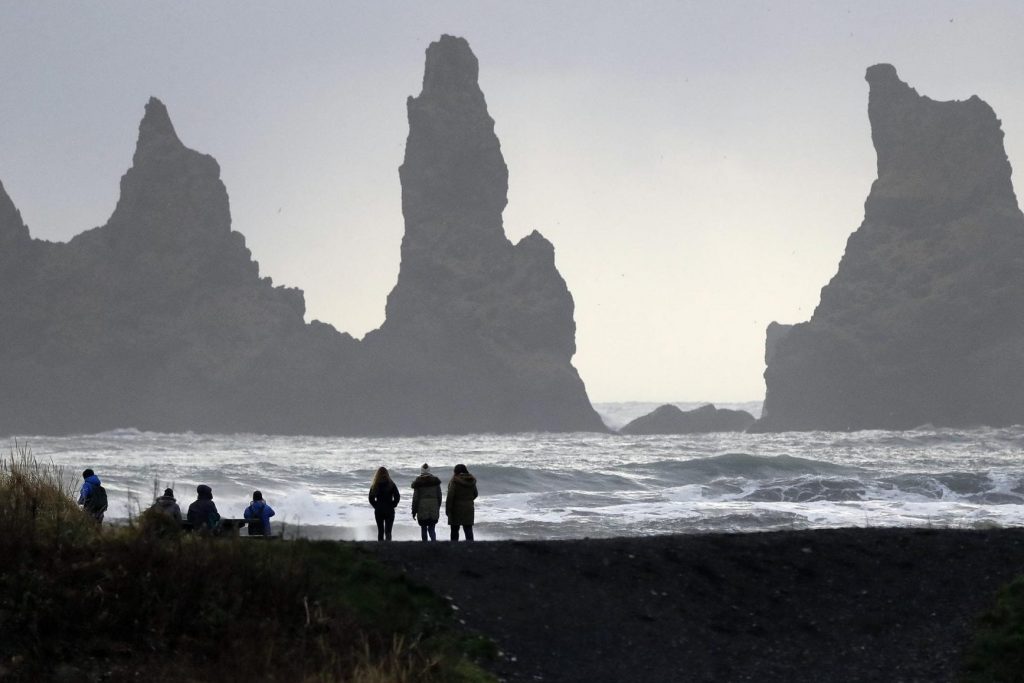Skift Take
Tourism grew to one-third of Iceland's economy in 2015, boosting the country's dependency on the sector. But things are likely changing, and it's unclear what comes next.
The tourism boom that saved Iceland from economic crisis is slowing further, according to new tourism numbers released by the Icelandic Tourist Board. Fueled for nearly eight years by international travelers, the tourism industry may be reaching a breaking point, spelling an uncertain future for the Icelandic economy.
In 2018, 2.3 million people visited Iceland, a 5.5 percent increase from the year before, according to data released this month. The Iceland-based media site Túristi first reported the news.
On its own, the year-over-year increase sounds strong, but it points to a slowing trend. While the number of international visitors to Iceland grew by 39 percent in 2016, the increase in 2017 was 24 percent. That was the first time tourism growth slowed since the boom started in 2011.
The new figures back up the findings in a report by researchers at Arion Bank, published in October. Called “Tourism in Iceland: Soft Landing or Belly Flop,” the report predicts a dramatic drop in growth, citing overburdened airlines and rising prices inside of Iceland. By 2021, the group projects growth somewhere between 2 and 3 percent.
So what’s going on?
One important point, the report notes, is that Icelandic airlines have kept airfare extremely cheap, even as oil prices have increased. This is unsustainable in the long-run, and eventually airlines will have to increase ticket prices. This may lead to a drop in tourism, especially since Iceland is already one of the most expensive countries in the world for travelers.
With not enough hotels to hold the growing number of tourists, new ones are opening up, and prices are constantly increasing. When costs rise, travelers generally respond by shortening the duration of their trip.
And global trends are always a factor, especially with pricey locations. Growing protectionist sentiment from the U.S. and the European Union, if it continues, could have a negative impact on tourism in Iceland.
Editor’s note: This story was updated with information about Iceland’s 2018 international arrivals numbers.
The Daily Newsletter
Our daily coverage of the global travel industry. Written by editors and analysts from across Skift’s brands.
Have a confidential tip for Skift? Get in touch
Photo credit: People walk on the black sanded beach in Vik, Iceland, near the Volcano Katla, Wednesday, Oct. 26, 2016. Katla Volcano has helped turn sleepy Vik, a community of 300 people some 110 miles (180 kilometers) east of the capital, Reykjavik, into a tourism hotspot. Frank Augstein / Associated Press
